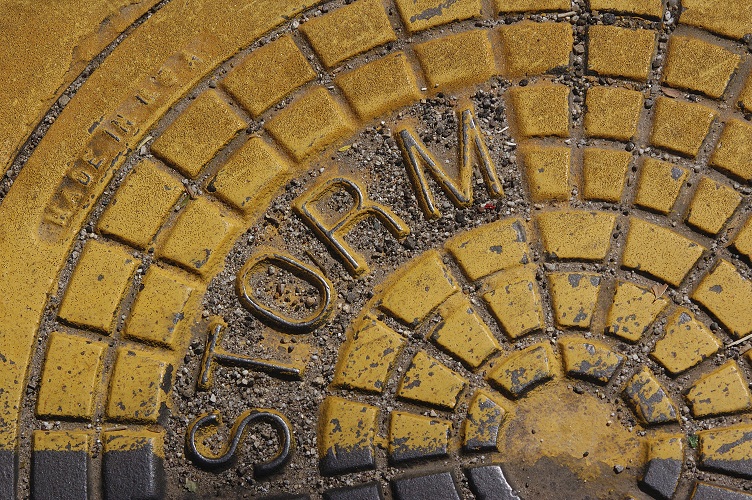On April 24, Seattle Public Utilities (SPU) proposed a 15-year integrated plan to prevent millions of gallons of untreated wastewater and polluted runoff from flowing into creeks, lakes, the Duwamish River, and Puget Sound.
The integrated plan allows the city to implement stormwater control projects that will significantly benefit water quality in receiving water bodies, while delaying lower-benefit combined sewer overflow (CSO) projects.
About one third of Seattle’s stormwater drains through dedicated storm sewer pipes, which send about 13 billion gal (49 million m3) of runoff annually into public waterways — creeks, lakes, Puget Sound — in and around the city. The other two-thirds of the city is served by a combined sewer system, which transports both drainage runoff and sewage to regional wastewater treatment plants owned and operated by King County. Both systems are permitted under the federal Clean Water Act.
In the last 50 years, Seattle and King County have greatly reduced the annual CSO discharge volumes by an estimated 20 billion to 30 billion gal (76 million to 114 million m3). Seattle’s 2013 consent decree agreement with the Washington Department of Ecology (Ecology) and the U.S. Environmental Protection Agency (EPA) seeks to further reduce CSO volumes.
But while the city has devoted substantial resources to controlling CSOs, only limited resources have been available to address the water quality effects of discharges from its municipal separate storm sewer system. Ecology has found that stormwater runoff is the main pathway through which toxic pollutants enter Puget Sound, and the Puget Sound Partnership has identified stormwater pollution prevention as a top priority.
The $600 million proposal would fulfill the 2013 CSO consent decree. The plan also would keep millions of gallons of stormwater runoff out of public waterways, reducing threats to human and aquatic health and the region’s quality of life.
The Seattle City Council started considering the proposal in late April.
The cost of implementing the proposal for the next 5 years is factored into the utility’s strategic business plan, approved by the city council last year. The business plan aims at capping average rates for all SPU services — drinking water, sewer, drainage, garbage, and recycling — to an annual average of 4.6% through the year 2020.
The largest project under the proposal is a 4.3-km (2.7-mi), $374-million CSO storage project along the north side of the Lake Washington Ship Canal between Ballard and Wallingford. Jointly funded by Seattle and King County, the facility would prevent average annual overflows of about 190,000 m3 (50 million gal) of wastewater and stormwater runoff — enough to fill about 75 Olympic-sized swimming pools.
Other important features of the plan include:
- a capital project to treat polluted stormwater runoff from approximately 103 ha (254 ac) in the South Park drainage system, before it empties into the Duwamish River,
- expansion of Seattle’s street cleaning program, which is estimated to keep about 36 additional metric tons (40 short tons) of pollutants out of local waterways each year while reducing flooding due to clogged storm drains, and
- coordinating with local residents and community groups to identify neighborhood blocks on which to build natural drainage systems.




